How do vintage lenses work on modern cameras?
Oct 21, 2022 13:20:02 #
Oct 21, 2022 13:56:08 #
CHG_CANON wrote:
You do it with a mirrorless digital. Not a DSLR.
With a mirrorless, you set the camera to release the shutter without detecting a lens. .........
With a mirrorless, you set the camera to release the shutter without detecting a lens. .........
Aperture priority AE works perfectly with a manual lens on an adapter on an SLR. Youd think that Paul surely ought to know at least much about his beloved Canons.
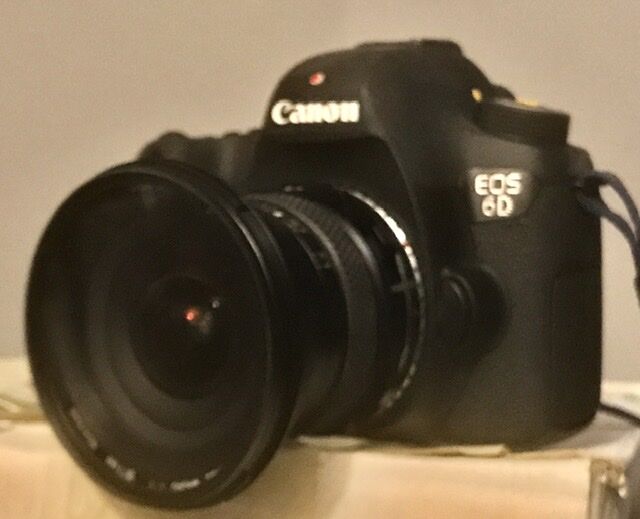
(Download)
Oct 21, 2022 14:02:02 #
with my pentax dslrs there is the green button which when pressed closes the aperture down to that selected and adjusts the shutterspeed to suit. Some manual lenses have a lens code that describes the maximum and minimum aperture and the aperture lever movement is proportional to the required f-stop. not all lenses will stop down correctly these you need the green button. There are different options for focus some you can swop out the focus screen but with pentax at least the centre spot focus always works adjust till the green hexagon is filled you may then recompose. On canon to m42 adapters often you get an adapter ring with a chip on it which is faking an ef50 which beeps when focus is detected you must manually stop down and lie to the camera so it thinks you are shooting wide open. otherwise it will over expose as the body meters wide open and calculates the shutter speed based on how many stops down you are telling it you are using e.g 2 stops down will end up with 2 stops over exposed. So with manual lenses it depends on the camera and lens combination. Pentax also has a focus method where the shutter only fires in focus, Sometimes you might use this to wait for your subject to reach your preset focus point but you can also use it to rotate the focus ring and when it sees focus it will fire. Other methods already discussed may apply. It depends on the camera but i've even used enlarger lenses with a helicoid adapter and tubes.
Oct 21, 2022 14:10:19 #
petrochemist
Loc: UK
Rab-Eye wrote:
I’m asking out of curiosity, not a desire to actually use vintage lenses. From what I’ve read it is possible to shoot in aperture priority with a vintage lens. My question is how would the camera know to change the shutter speed given that there is no communication with the lens when you change your aperture?
Thanks,
Ben
Thanks,
Ben
In aperture priority the camera simply meters at the set aperture. No fancy communication is needed.
This worked perfectly well when I tried a 1920's Kodak Anastigmat on my DSLR back in 2011.
 bellows IMGP2838 by Mike Kanssen, on Flickr
bellows IMGP2838 by Mike Kanssen, on FlickrShowing the lens mounted on a film body as I didn't have another digital one back then. Adapting here was simply drilling a hole in a body cap & securing the lens to that with it's mounting ring, then focus via bellows...
Using old lenses is easier with modern mirrorless cameras (due to focus peaking & magnified views) and they generally allow a much wider range of lenses to be tried - rangefinder lenses don't work well on DSLRs.
Some slightly newer lenses need the auto aperture function activated, but any that deserve the 'vintage' label will predate auto apertures. It's not an issue with preset lenses or the first auto types that have a built in auto-manual switch, or indeed any with a DOF preview button (Olympus OM lenses have this on the lens).
I wouldn't recommend trying early zooms, but many primes from the 50s & 60s still hold their own if in reasonable condition. It's not even always necessary to use them with manual focus.
This shot used a Techart Pro adapter to focus my CZJ Flektogon 35mm/2.4 (picked up for £10 with a free bag, body & 2 other lenses)
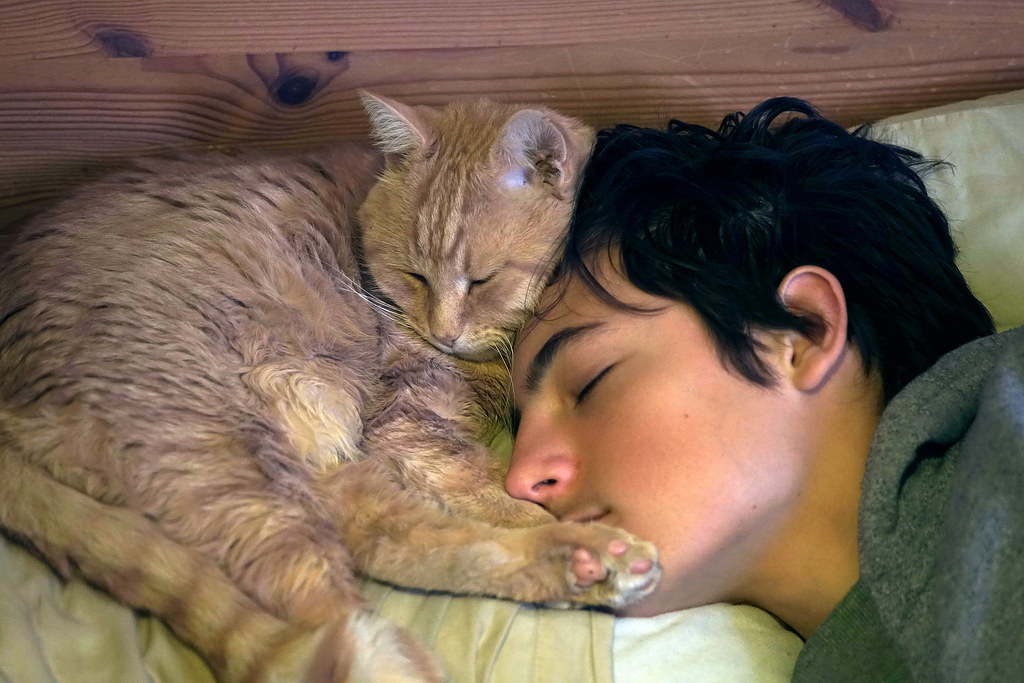 Rufus resting by Mike Kanssen, on Flickr
Rufus resting by Mike Kanssen, on FlickrOct 21, 2022 14:20:36 #
petrochemist wrote:
In aperture priority the camera simply meters at t... (show quote)
I love that pic! Lots of emotional content!! Well done.
Oct 21, 2022 14:21:04 #
SonyA580 wrote:
The camera wouldn't know to change the shutter speed. You would do that manually.
I put uncoupled nonelectronic lenses on my SLR and dial up aperture priority.
The camera sets the shutter speed automatically.
Why do you think the camera would not react to scene brightness ? The shutter control circuits are not in the lens, they are in the body.
Oct 21, 2022 14:25:20 #
Oct 21, 2022 14:44:57 #
petrochemist wrote:
Thanks! It's my favorite shots of Rufus, who is sadly no longer with us.
I am so sorry. :( Good to have the pic for memories.
Oct 21, 2022 14:53:52 #
petrochemist
Loc: UK
JD750 wrote:
I am so sorry. :( Good to have the pic for memories.
Don't worry, He had a fair innings, we had him for nearly 17 years (& he was a rescue cat having had other slaves before us).
I definitely miss him our other cats don't have as much personality.
Oct 21, 2022 15:30:36 #
User ID wrote:
Why do you think the camera would not react to scene brightness ? The shutter control circuits are not in the lens, they are in the body.
In the original post, my question was based on the assumption that the lens would stay wide open until the shutter was released, at which point it would stop down. I was not thinking about lenses that pre-date that kind of thing.
Oct 21, 2022 15:54:34 #
Rab-Eye wrote:
In the original post, my question was based on the assumption that the lens would stay wide open until the shutter was released, at which point it would stop down. I was not thinking about lenses that pre-date that kind of thing.
With rare exceptions, the adapter assures that the auto iris is overridden such that "normally open" auto iris lenses will remain at working aperture, not viewing aperture, on the adapter.
~~~~~~~~~~~~~~~~~~~~~~~
"Normally open" auto lenses are such as M42, Canon FD, and OM System SLR lenses. In-hand (off the camera) these stay wide open at any set f/stop but on their adapters, in-hand or on-camera, the iris is fully manual. Lenses for F-Nikon or K-Pentax are normally closed and are open for viewing only when on their matching camera bodies.
OM mount
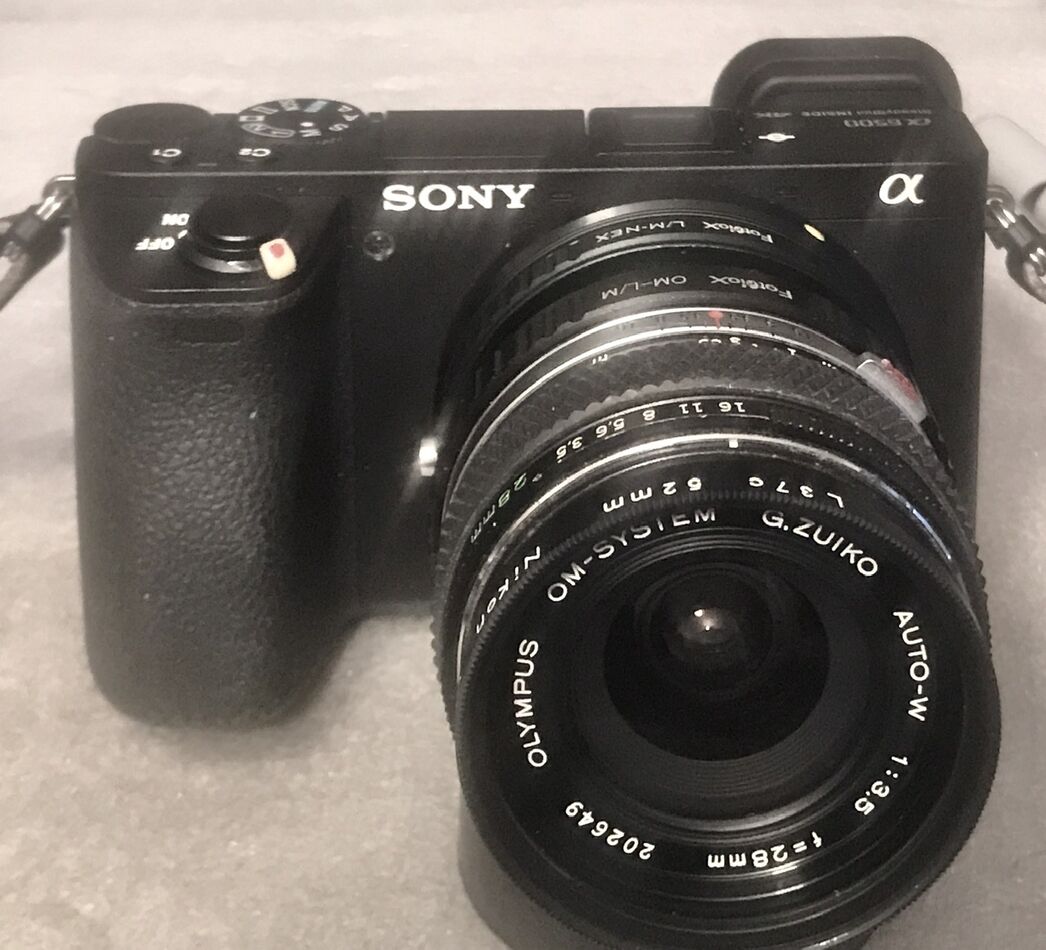
(Download)
M42
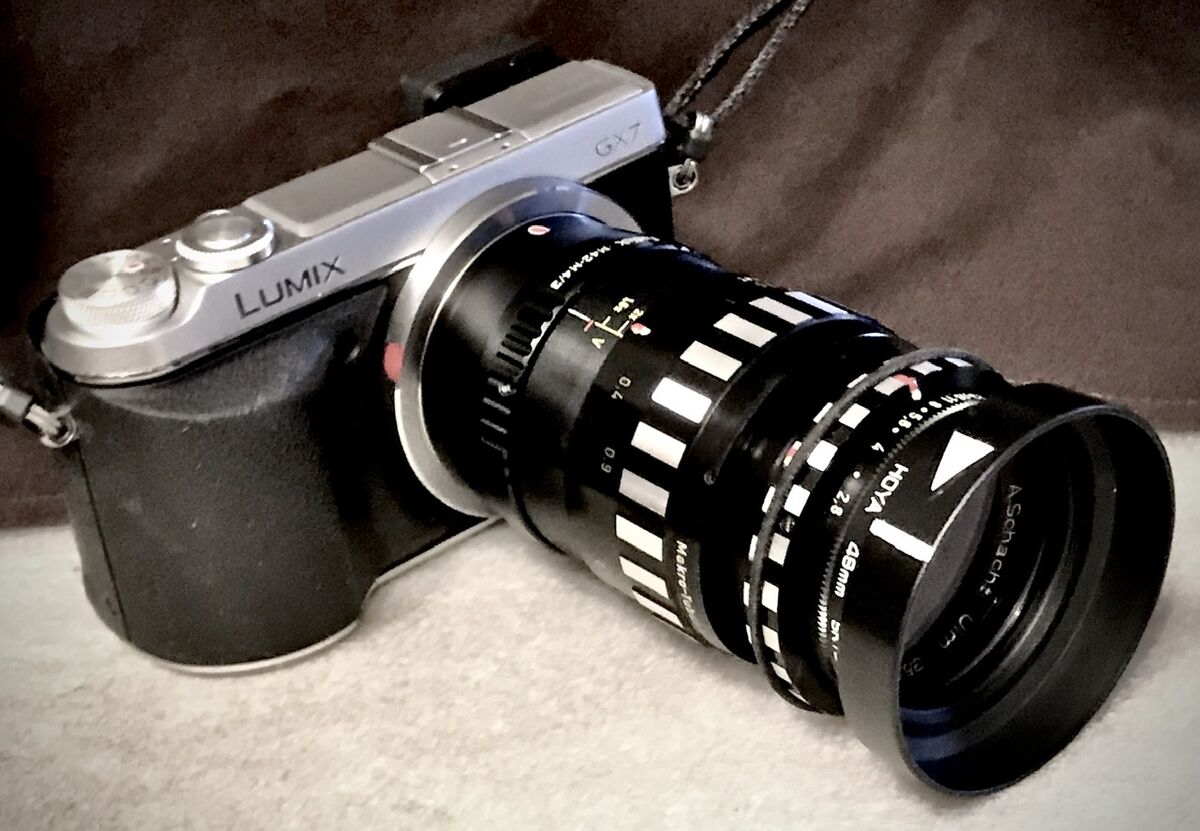
(Download)
M39
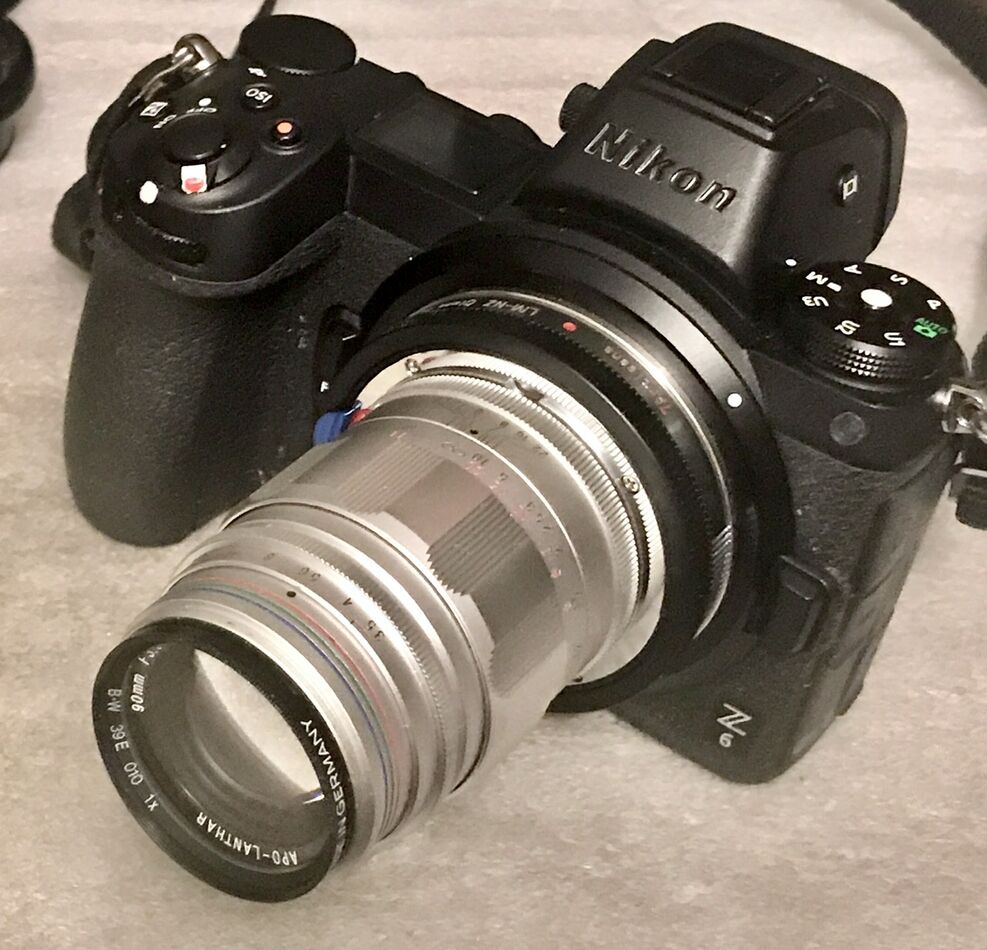
(Download)
Nikon AFS "G" mount ("Vintage" auto iris stop down function remains operational.)
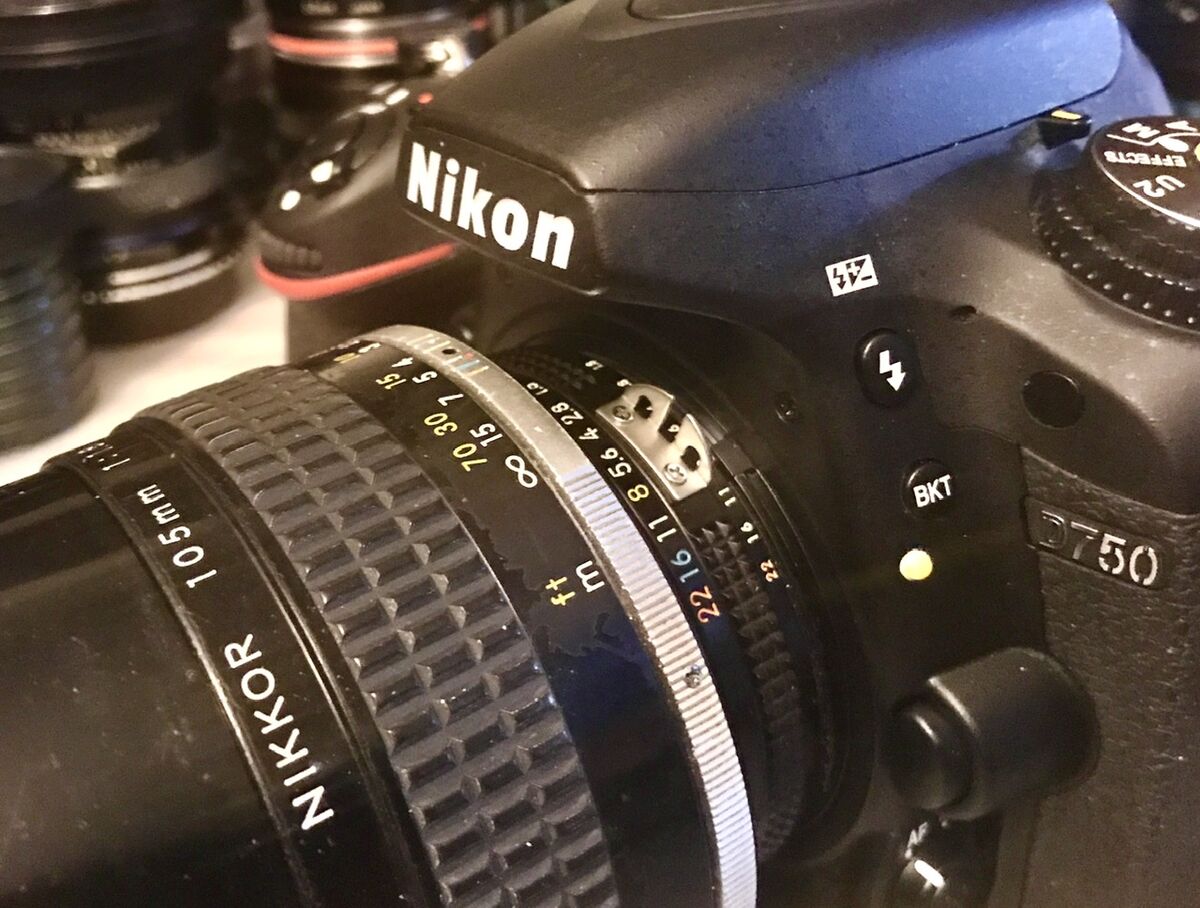
(Download)
Oct 21, 2022 15:56:02 #
I use vintage lenses (circa late 70's, how old it has to be to be considered vintage) and on DSLR. No adapter, no need to set the camera for no lens. In fact I would have to enter the lens max aperture and focal length into the camera. They work perfectly fine in manual and aperture priority.
The lens would stay wide open for focusing (on a DSLR it's needed) and would stop down to the aperture set on the lens aperture ring during the actual exposure.
Camera Nikon Df, Lenses Nikkor 50mm f/1.4 AI, 85mm f/2 AI, 135mm f/2.8 AI.
The lens would stay wide open for focusing (on a DSLR it's needed) and would stop down to the aperture set on the lens aperture ring during the actual exposure.
Camera Nikon Df, Lenses Nikkor 50mm f/1.4 AI, 85mm f/2 AI, 135mm f/2.8 AI.
Oct 21, 2022 16:24:11 #
mwsilvers
Loc: Central New Jersey
zug55 wrote:
This is how it works on my Sony A7III as well. It ... (show quote)
Based on your description Sony and Nikon Z bodies seem to work similarly when a manual focus lens is mounted. There are some manual focus lenses, like some recent additions from Voigtlander, that have electronic contacts which means the camera will see the aperture being set by the lens and will also have access to all the metadata. The Voigtlanders are available for Nikon Z and Fujifilm X mounts I am not sure if these or other similar manual focus lenses are available for Sony's E mount.
Oct 21, 2022 16:54:45 #
I wonder if it is possible to chip the lens adapter so that the camera receives some information about the lens. So there are 3 options I have or can think of:
1. I have several (newer) MF lenses that my DSLR recognizes and allows command dial control of the aperture.
2. On the really old unchipped lenses I have to turn the aperture ring manually. I tell the camera which lens is attached so that the display reports the aperture correctly.
3. I have programmed chips that I have yet to install on the older lenses that would send information to the camera. I would then control aperture with the command dial just like on a newer MF lens.
So that brings me back to my original thought. If the adapter could be chipped or if the adapter had a circuit that connected to the lens chip then it should enable greater functionality on a MIL camera with respect to reporting the attached lens, reporting the current aperture, allowing command dial control of aperture and correct exposure calculations.
1. I have several (newer) MF lenses that my DSLR recognizes and allows command dial control of the aperture.
2. On the really old unchipped lenses I have to turn the aperture ring manually. I tell the camera which lens is attached so that the display reports the aperture correctly.
3. I have programmed chips that I have yet to install on the older lenses that would send information to the camera. I would then control aperture with the command dial just like on a newer MF lens.
So that brings me back to my original thought. If the adapter could be chipped or if the adapter had a circuit that connected to the lens chip then it should enable greater functionality on a MIL camera with respect to reporting the attached lens, reporting the current aperture, allowing command dial control of aperture and correct exposure calculations.
Oct 21, 2022 17:00:29 #
petrochemist
Loc: UK
BebuLamar wrote:
(circa late 70's, how old it has to be to be considered vintage)
Most of the dictionaries I referred to don't put a date on 'vintage' - it basically means of an age.
Though it seems the Urban dictionary allows '1920's to approx 20 years ago'
Antiques dealers often work to at least 40 years old (over 100 is antique) but cars are only considered vintage if built before 1930 (or even 1925)...
It's a rather wooley label :)
If you want to reply, then register here. Registration is free and your account is created instantly, so you can post right away.




